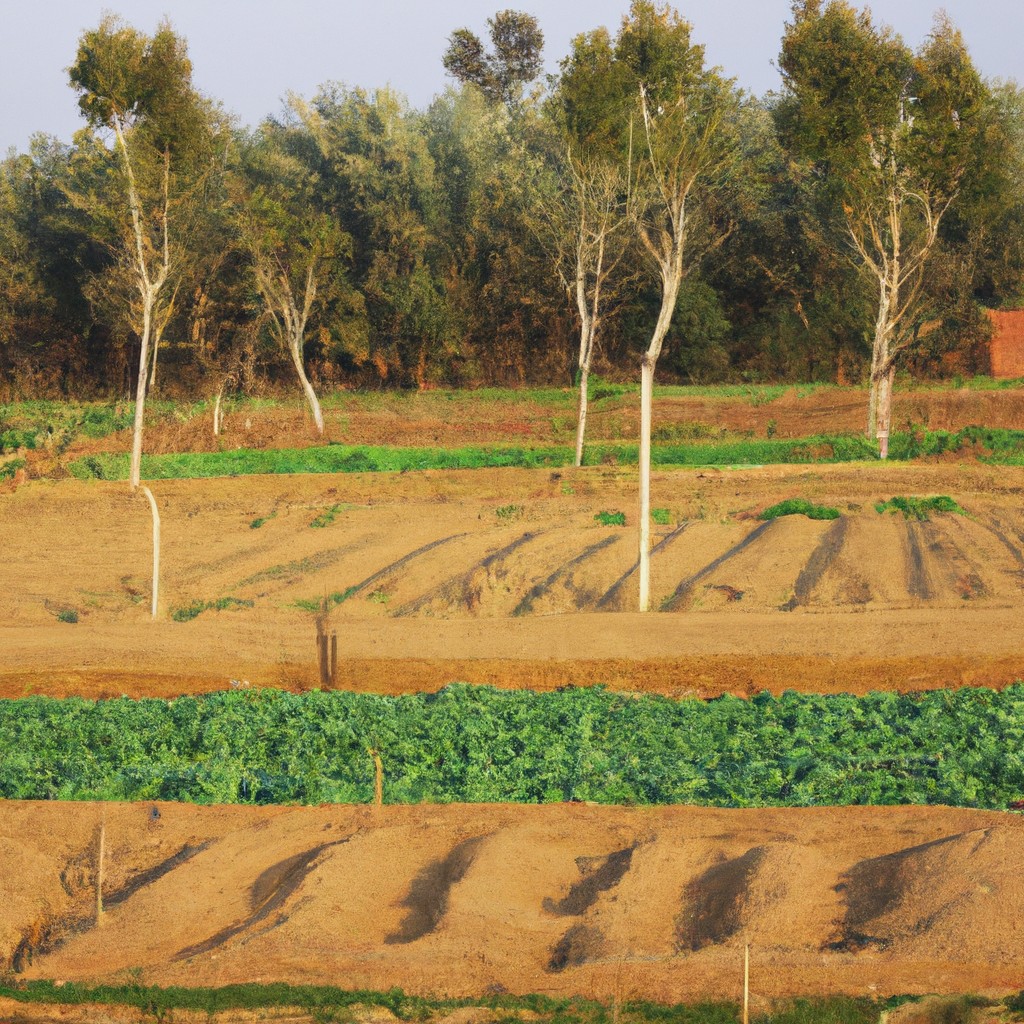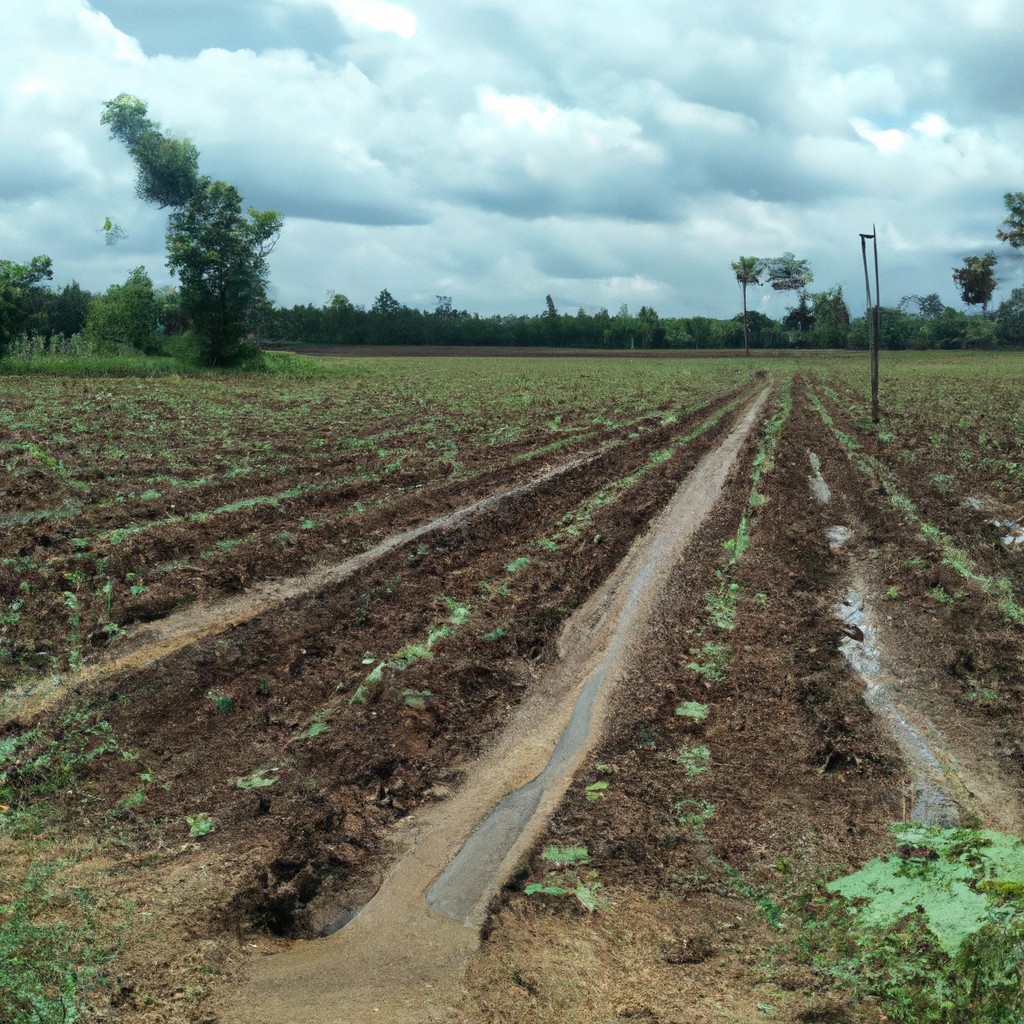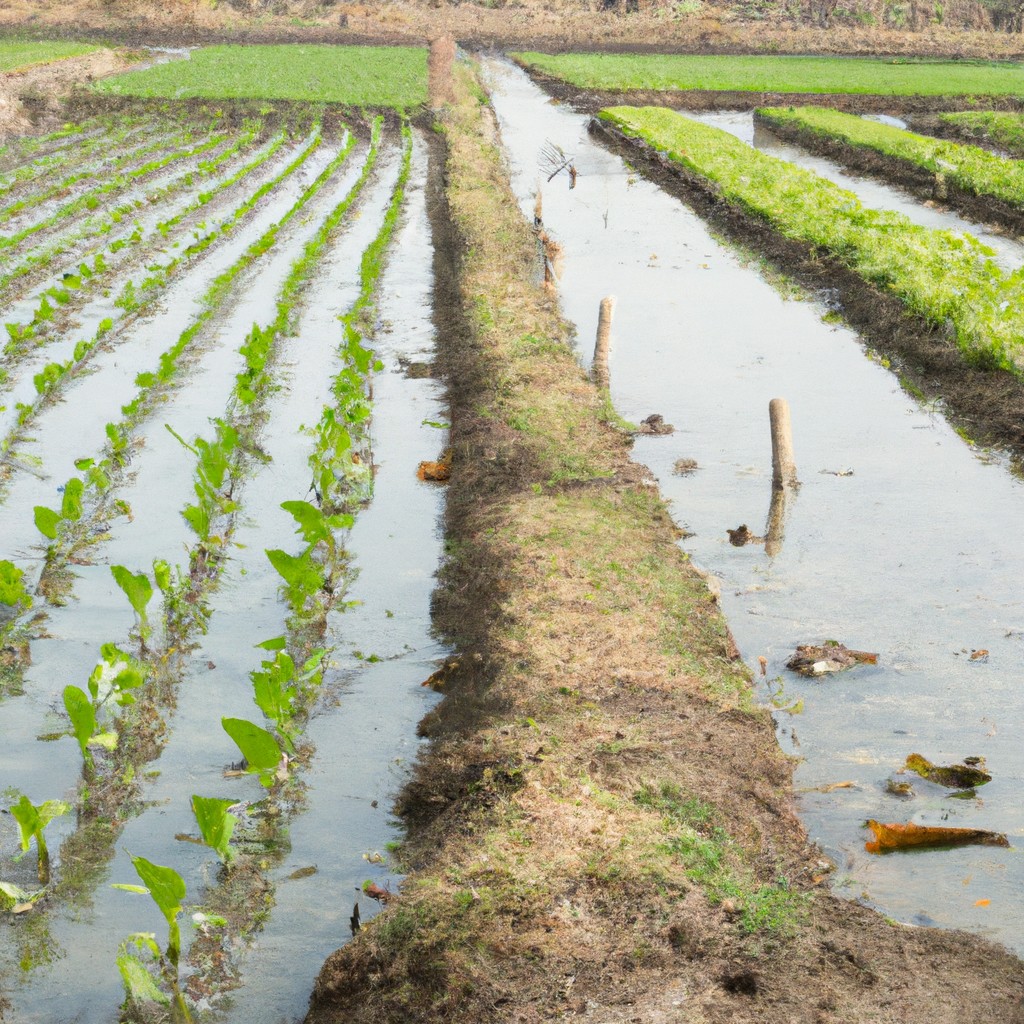Learn how ancient Egyptians mastered agriculture techniques to cultivate a thriving civilization.
Look Inside:
Tools & Practices

The ancient Egyptians were like the MacGyvers of farming, using some clever tools and methods to keep their agriculture game strong. Picture this: they had wooden plows pulled by oxen, making tilling the soil look easy. Not just any plows, either—these were adjustable, so farmers could say, “Take that, tough ground!”
Then there were sickles. Imagine a curved blade for efficiently harvesting grain. They didn’t stop there. Flails and winnowing baskets helped separate grain from chaff, making sure every bit of their hard work paid off.
But wait, they also invented a tool called a shaduf. Sound fancy? It’s basically a long pole with a bucket on one end and a counterweight on the other. With it, they could scoop water from the Nile and sling it onto their fields like they were completing the ultimate trick shot.
And lastly, hoes. No high-tech gadgets—just simple hand tools to break up the soil and keep those pesky weeds at bay. All without dropping a single drop of sweat in vain. Now, that’s what we call ancient efficiency!
Canals and Irrigation Systems
The Nile was Egypt’s superhero, making agriculture possible in a desert. Farmers developed advanced systems to harness its predictable floods.
First off, they dug canals to channel water from the Nile to fields far from the riverbanks. Think of these canals as ancient pipelines delivering liquid gold.
Shadufs were another nifty invention—basically, a hand-operated bucket on a lever to lift water. It’s like having a personal gym with the bonus of hydration for your crops.
Basins were also crafted to trap and hold water, ensuring it seeped slowly into the soil. No fancy water filters here, just good old earth doing its thing.
Understanding these systems could have you marveling at how resourceful those ancient Egyptians were with just a few simple tools and a heap of ingenuity. They turned a desert into a breadbasket—all thanks to some clever engineering and H2O mastery.
Animal Husbandry, Crops, & Products
The ancient Egyptians didn’t just rely on leafy greens to keep their bellies full. They raised animals like cattle, goats, and sheep, which were essentially their living, breathing lawnmowers and milk machines. These handy creatures provided meat, milk, wool, leather, and some good old-fashioned manure to keep the soil in good shape.
Speaking of veggies, wheat and barley were the top crops, making the Egyptians the carbohydrate kings of the ancient world. They used these grains to make bread and beer, the latter being an Egyptian staple. Yes, even pharaohs knew how to appreciate a good brew!
Fruits like dates, figs, and pomegranates were the ancient snacks that fuelled pyramid-building. And let’s not forget the humble flax plant, which was spun into linen, the fabric of choice for wrapping mummies and keeping cool in the desert heat.
Farmers also grew vegetables like onions, leeks, garlic, and lettuce in their ever-so-fertile fields. They even had a spot in the sunshine for herbs and spices like coriander and cumin to keep their dishes from being bland.
Animal waste was the original organic fertilizer. There were no chemical sprays—just nature doing its composting magic. And let’s be honest, a cow pie is way more entertaining than a bag of synthetic fertilizer any day.
Farmers & Trade
In ancient Egypt, farmers were the backbone of the society but often worked under the blazing sun, not just for fun, but truly because they had no other option. Sounds exhausting, right? They dealt with the annual Nile floods to irrigate their crops—talk about water, water, everywhere!
Farmers primarily grew wheat and barley, the staple grains for bread and beer, consider it their version of the daily bread and brew. Vegetables like onions, lettuce, and garlic were also popular; apparently, they loved their salads. And let’s not forget the grand fruit baskets of figs, melons, and grapes.
Now, onto trade. These farmers often exchanged surplus crops for goods that money couldn’t buy back then (well, because, money didn’t exist yet). Their crops were traded for tools, pottery, and perhaps the occasional unique trinket from far-off lands. Barter system at its glory!
Thanks to the bountiful Nile, farmers produced more than they needed. It allowed them to engage in trade not just locally but even with folks from neighboring lands. Importing and exporting goods was a well-oiled machine, and Egyptian farmers were crucial cogs in that grand system.
So, imagine growing veggies by day and trading them for exotic items by night—ancient Egyptian farmers made barter an art form!
Religion and Agriculture
The Nile wasn’t just H2O in the eyes of the ancient Egyptians—it was practically the divine beverage of the gods. Many of their deities were directly tied to agriculture. For instance, Osiris, the god of the afterlife and resurrection, was also the god of agriculture. This guy wasn’t just chilling in the underworld; he was expected to bless the crops too!
Festivals were a big deal. Egyptians held annual celebrations like the “Festival of Min,” which honored Min, the god of fertility and harvest. Picture an ancient rave, but with more camels and less techno music. These celebrations included rituals to ensure the land remained fertile and the harvests plentiful.
Then there was the Nile flood, believed to be a gift from the god Hapi. No Hapi flood, no crops, no ancient Egyptian TikTok dance videos celebrating their bountiful harvests. The floodwaters left behind nutrient-rich silt, making the soil prime real estate for all those wheat and barley crops.
Temples weren’t just for worship. Some of them doubled as granaries. Grains and other harvests were often stored there, believed to be under divine protection. Not only did it solve the storage problem, but it also added a layer of divine insurance. “Don’t mess with our grain, the gods are watching!”
By incorporating religious rituals into their agricultural practices, the ancient Egyptians ensured that every harvest was a celestial event, with both earthly and divine participants working in harmony. Nothing like some divine intervention to keep the veggies growing!




